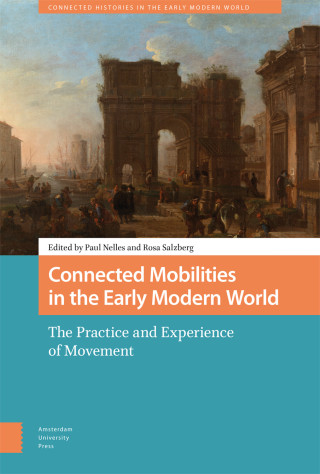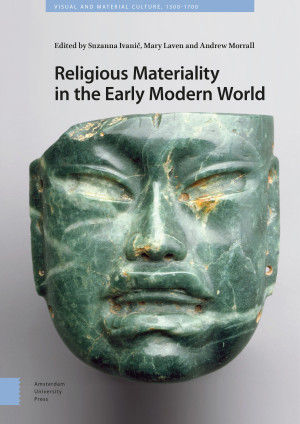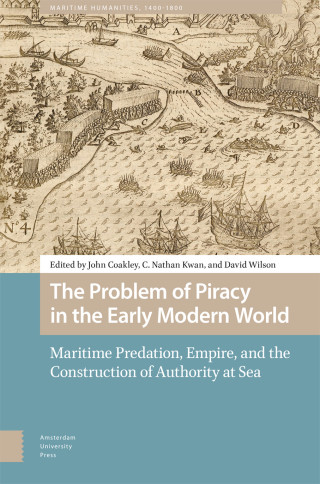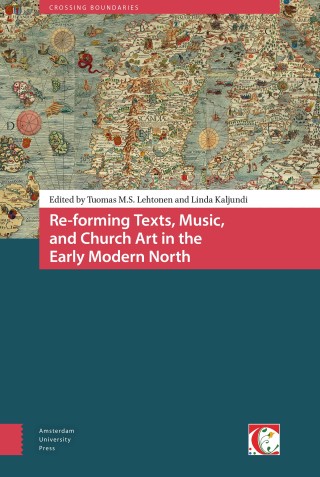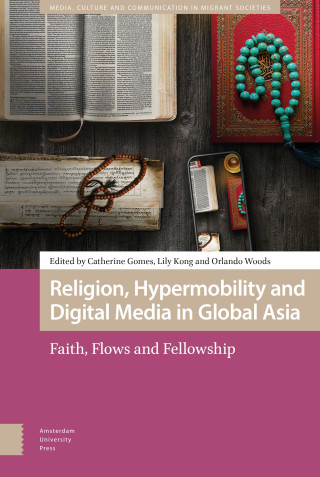This collection of essays offers a comparative perspective on religious materiality across the early modern world. Setting out from the premise that artefacts can provide material evidence of the nature of early modern religious practices and beliefs, the volume tests and challenges conventional narratives of change based on textual sources. Religious Materiality in the Early Modern World brings together scholars of Catholic, Protestant, Jewish, Islamic and Buddhist practices from a range of fields, including history, art history, museum curatorship and social anthropology. The result is an unprecedented account of the wealth and diversity of devotional objects and environments, with a strong emphasis on cultural encounters, connections and exchanges.
